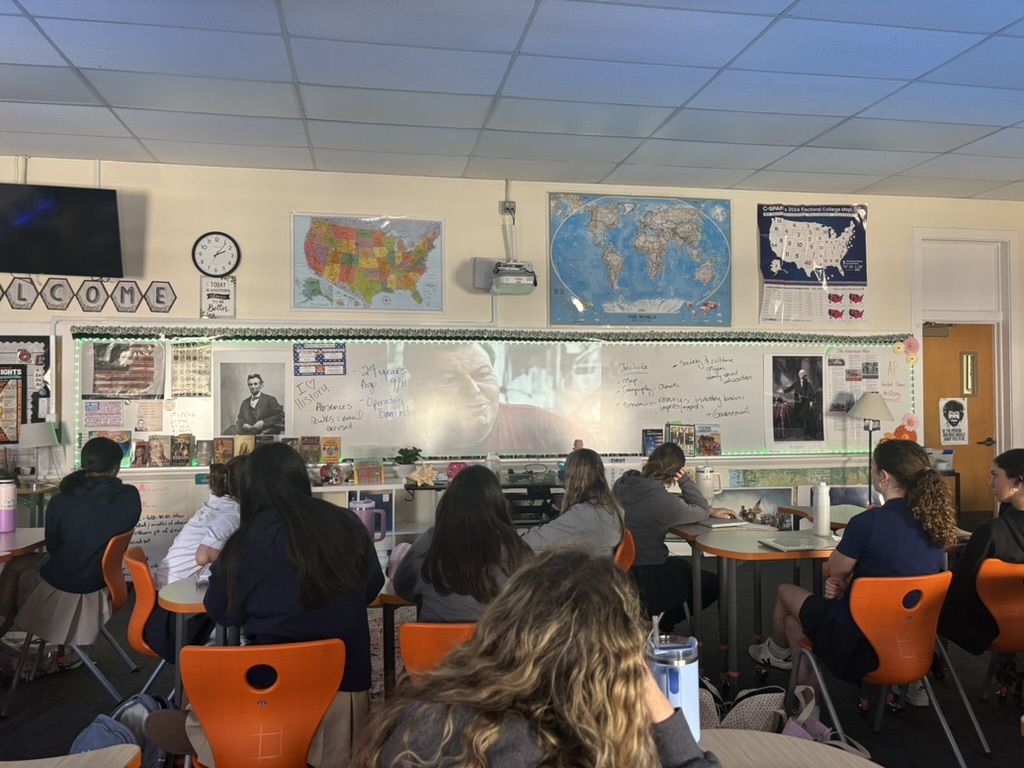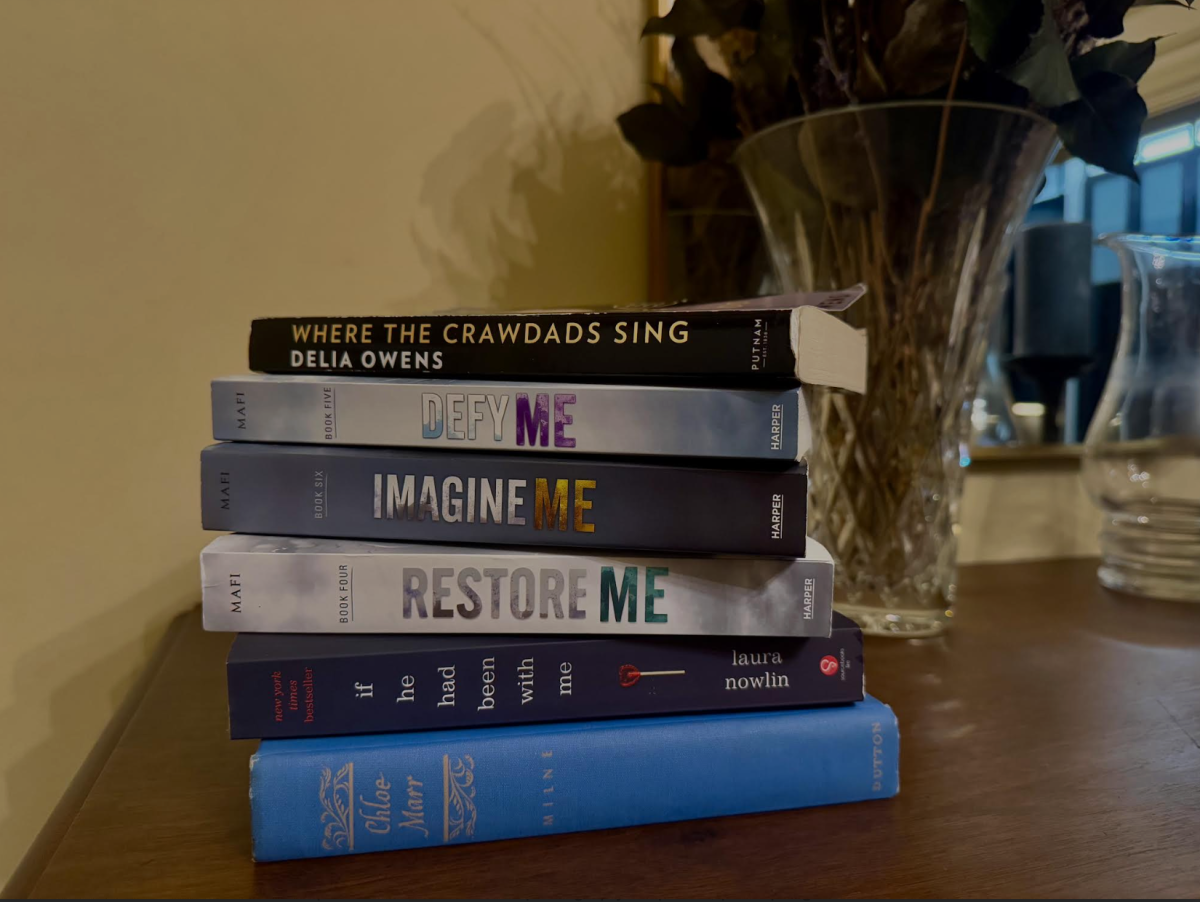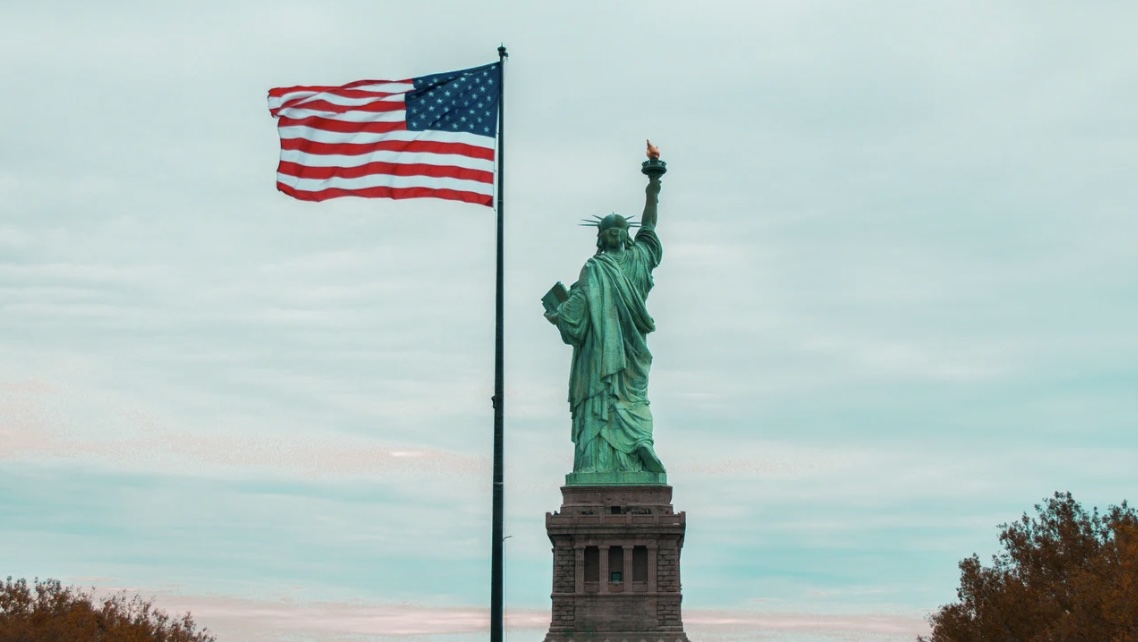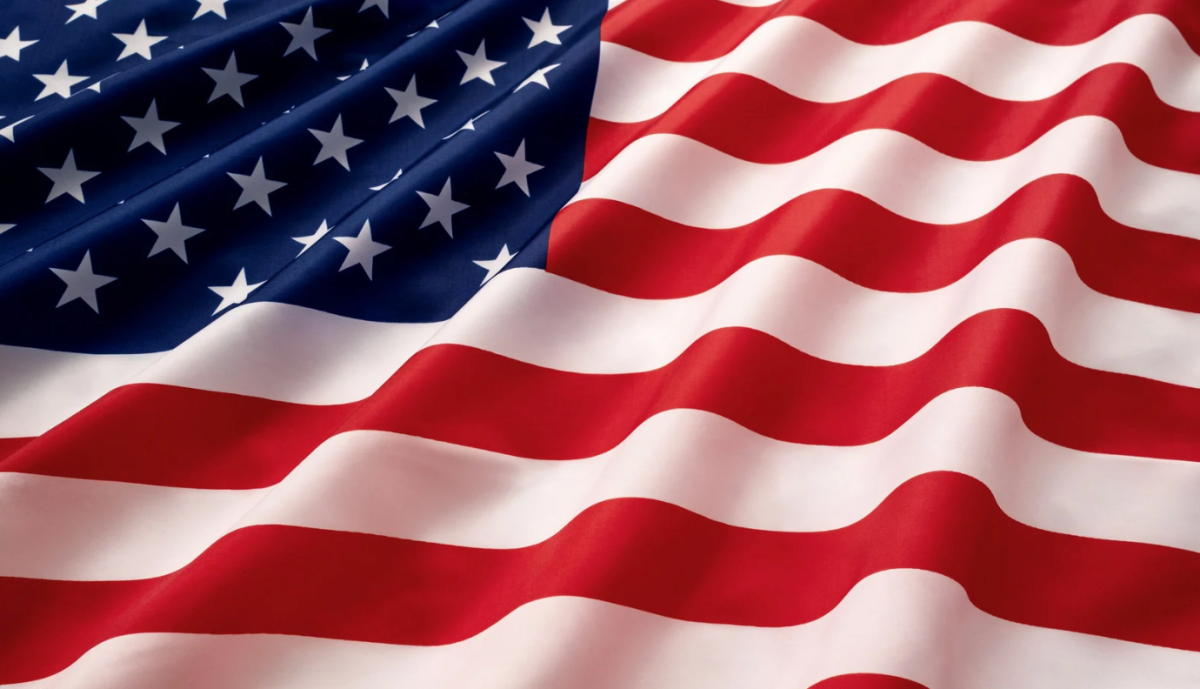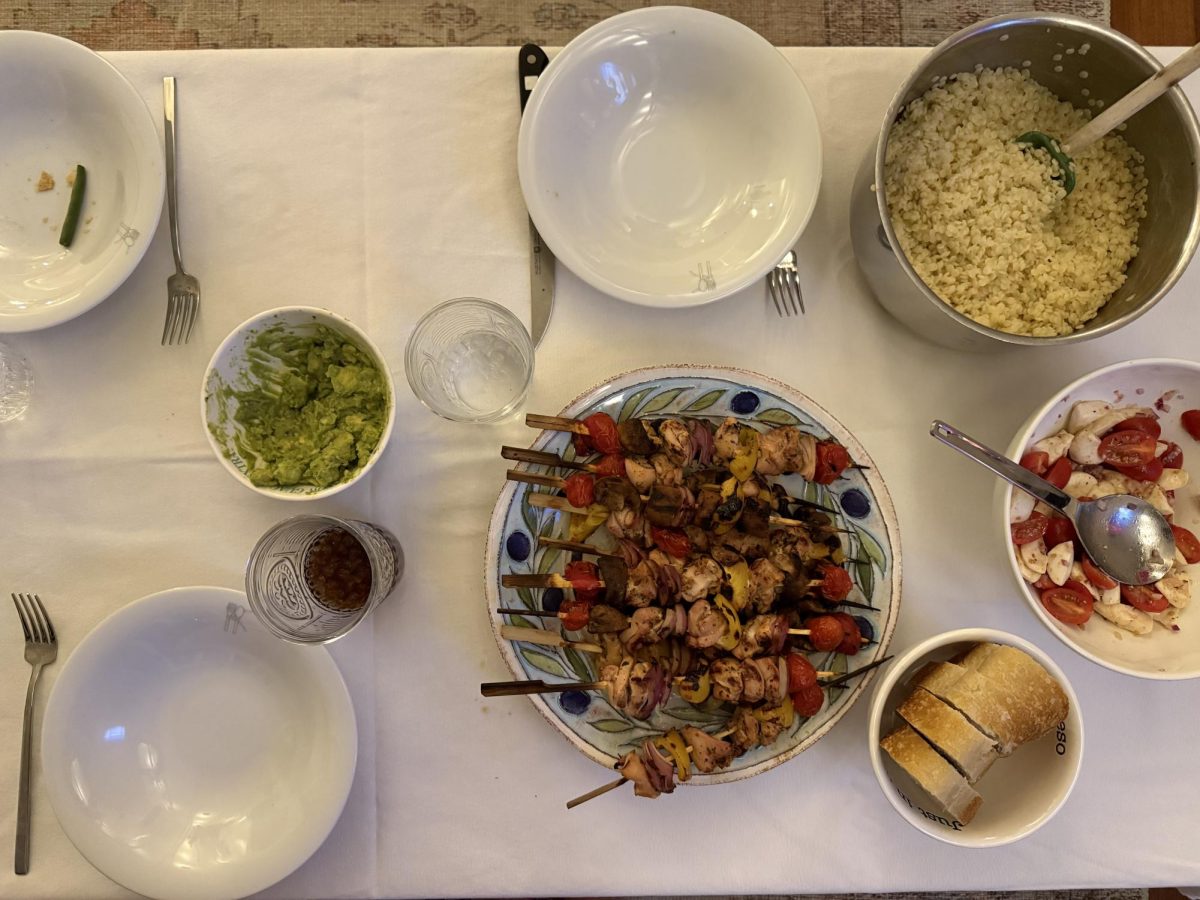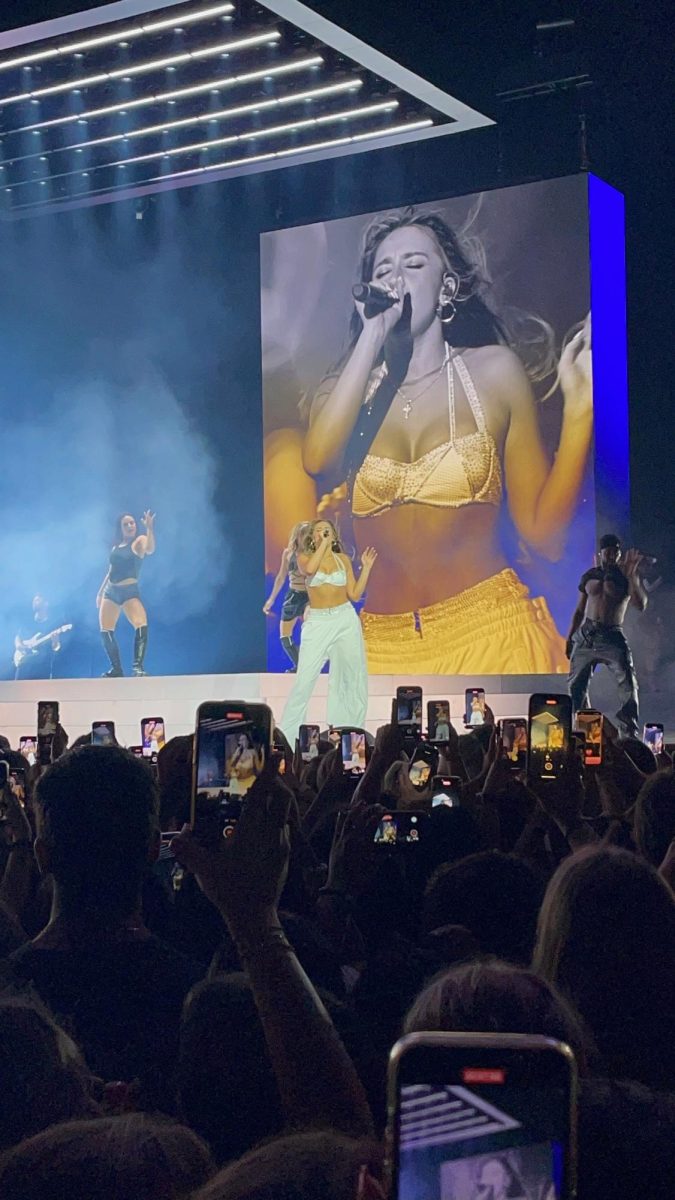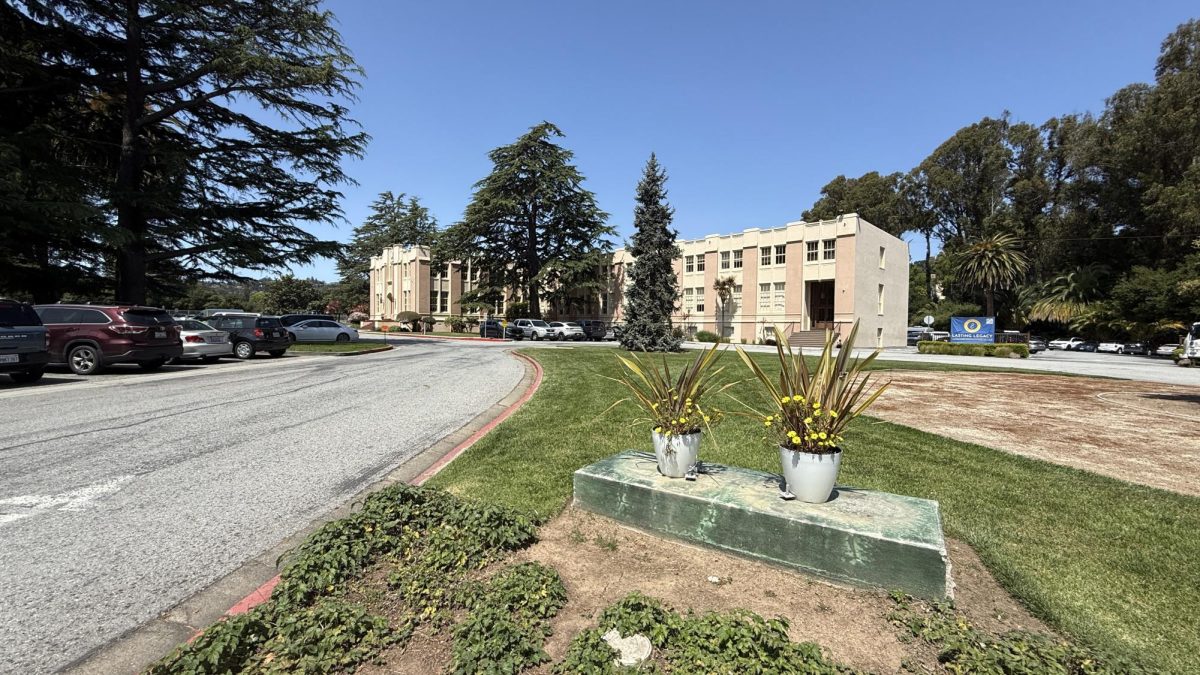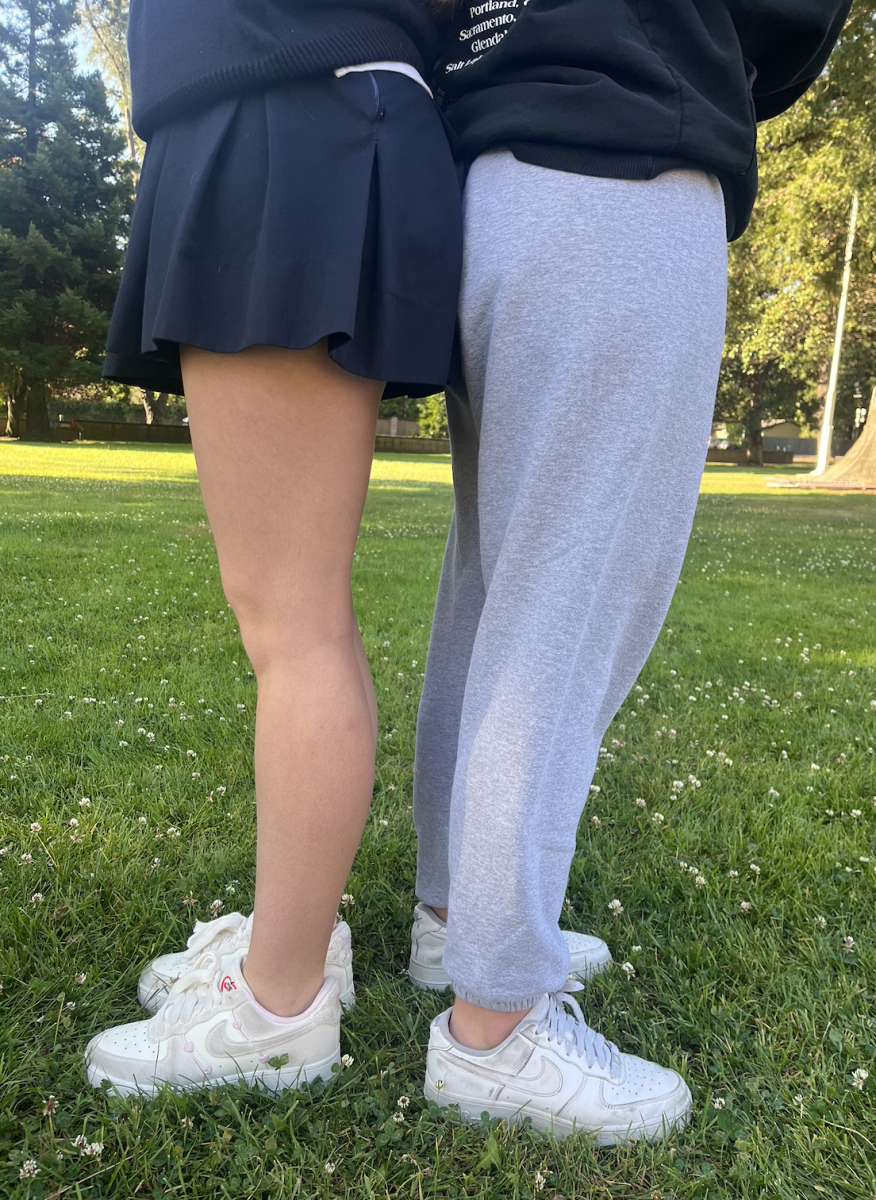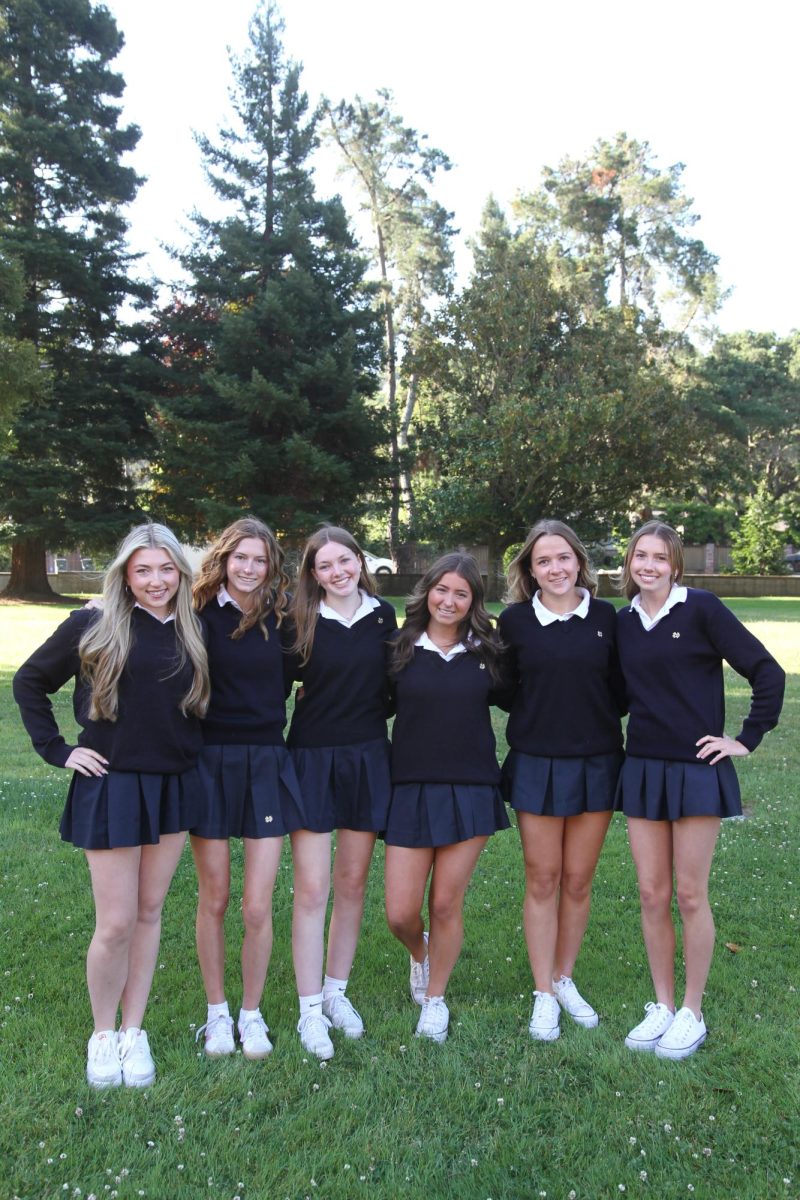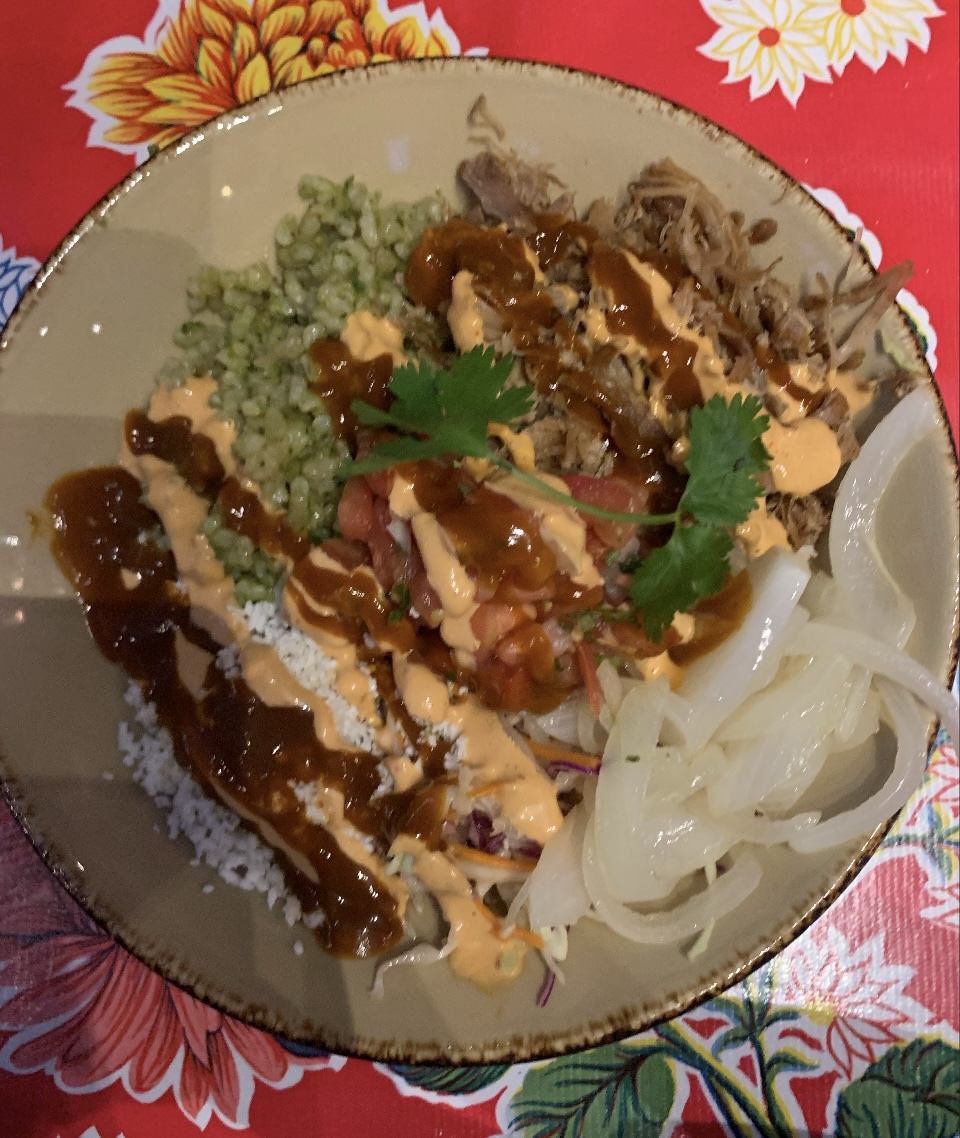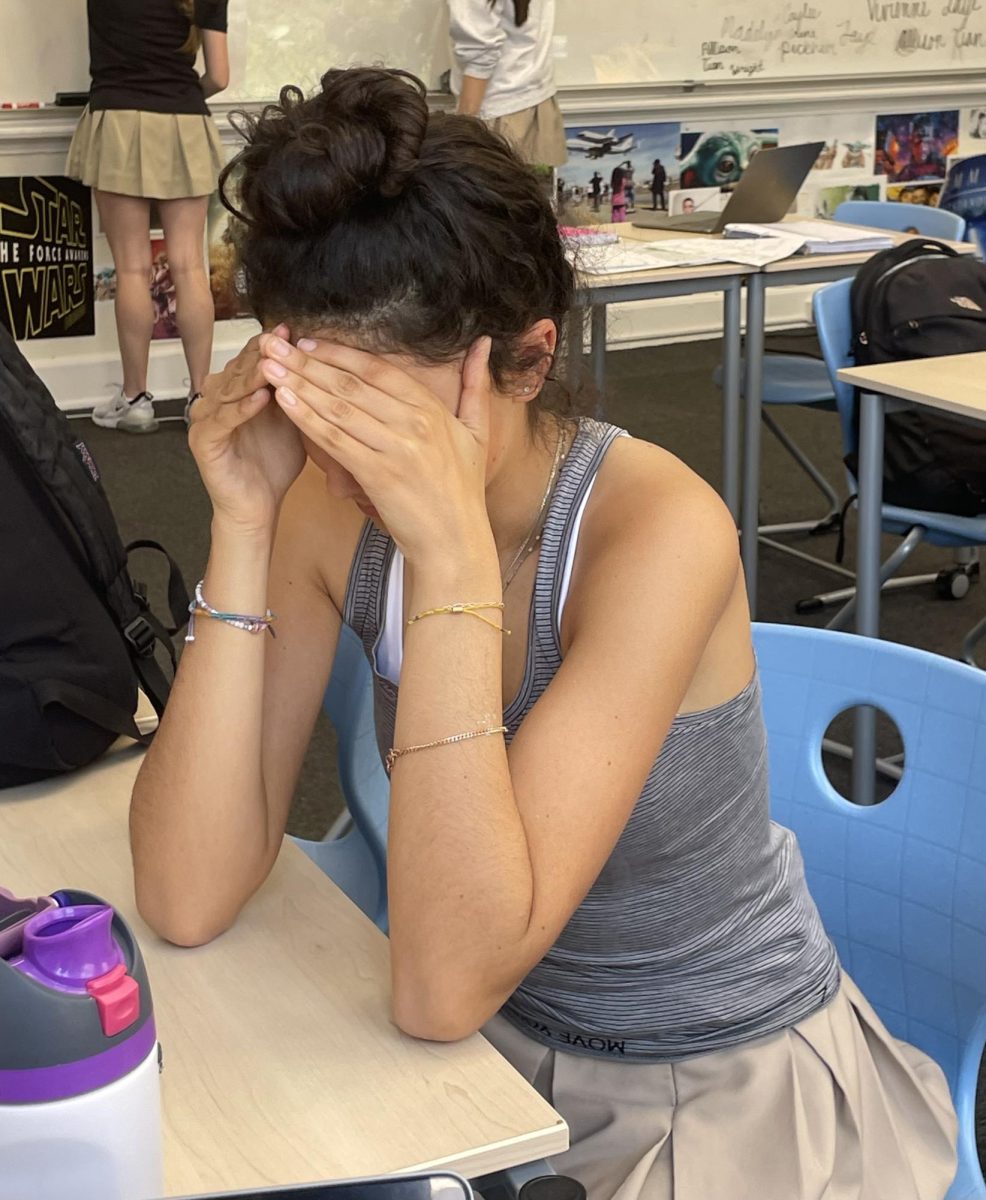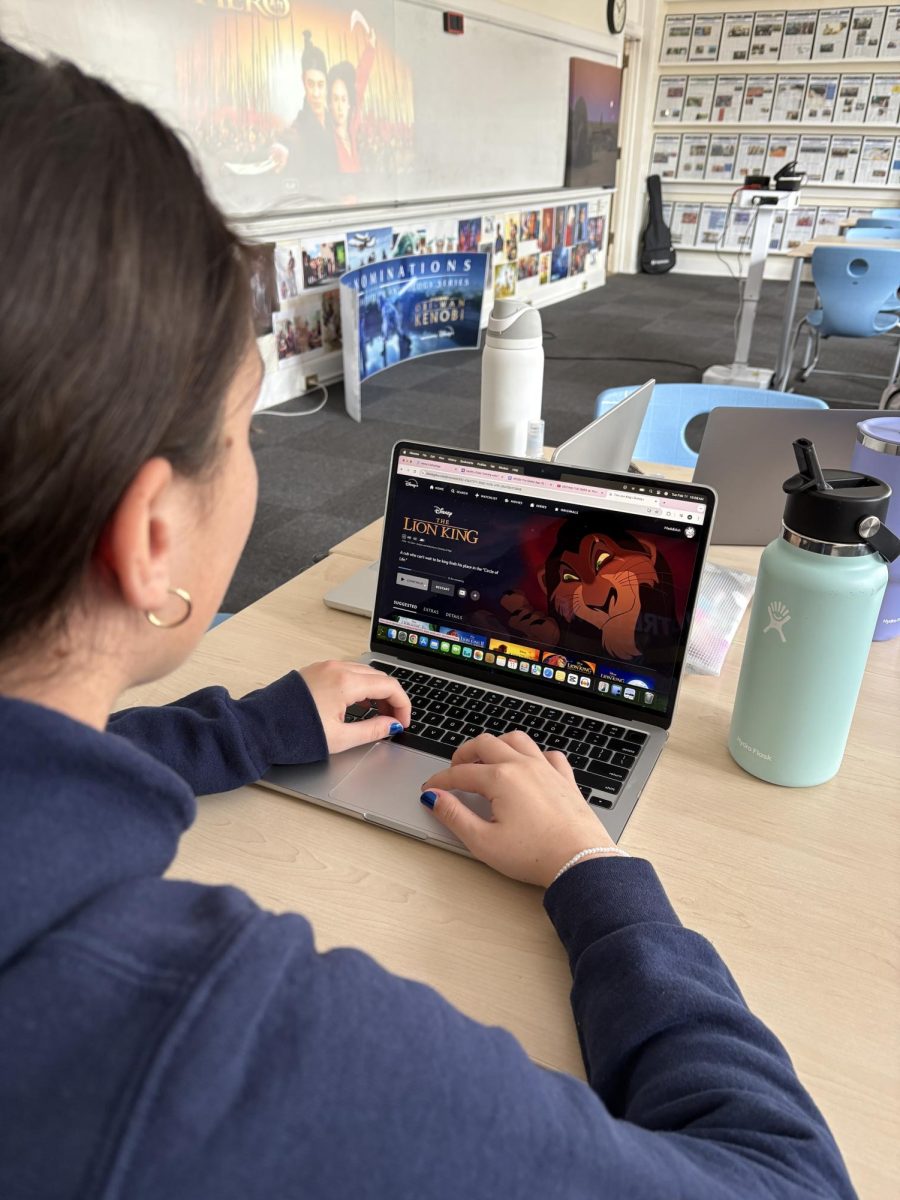In 2023, women all over the United States reinvented the way they see girlhood. The release of Greta Gerwig’s film “Barbie” sent a powerful message about the role of women in society and urged women to reevaluate how they viewed themselves. In response to this, trends appeared on social media platforms highlighting this newfound attention to girlhood. “Hot girl walks,” “girl dinner” and the “coquette” trends all emphasized what observers called “the year of the girl.”
At NDB, these trends integrated themselves into campus life. Since returning to school in August, there has been a clear celebration of each woman’s individuality, whether she is a staffulty member, student or volunteer. Girlhood is something that we are very familiar with, as NDB has been maintained as an all-girls school since its first graduating class in 1924. For 100 years, femininity has entered the hallways through quiet giggles, messy buns and rolled skirts. Often referred to as “sisters,” the community is built upon this strong bond of women who empower each other. As cliché as it sounds, it is true.
For the entirety of March, we, as a school, have recognized Women’s History Month. 31 days dedicated to the powerful history of our gender allows us to reflect on what it truly means to be a woman – or rather, a young woman – and in 2024, no less. We can enlist in the army, open a bank account, vote and do other feats that our female ancestors dreamed of. We also paint our nails, tie pink bows into our hair, and wear pants to school. But, at what cost does this so-called “girlhood” come?
Being a girl is expensive. This is no surprise – the cost of a haircut, purse or new shoes can accumulate quickly. However, this expense results from society’s incessant commitment to women’s beauty standards. Historically, women have been held to a certain degree of perfection and were expected to conform to the stereotypes men determined. Though some of this cycle has been disrupted by waves of female advocacy and feminism, women continue to be subjected to society’s beauty norms: waxed eyebrows, shaved legs, manicures, tan skin and the list goes on. This is where the true price comes in.
To get a haircut at a salon in California, it costs an average of $70. To get it dyed, it costs an additional $100. On top of that total, the overall cost grows larger as one has to maintain it every few months.
Fake tans and spray tans have also consumed a large portion of young women’s expenses today. Fascinated with looking like they were just back from Hawaii, girls spend approximately $70 on a spray tan that lasts for about a week. Others may choose to purchase fake tan products and self-apply, and these solutions usually cost $45 per six ounces.
“Tanning boosts my confidence, and I think I look better when I am tan, even if it isn’t necessarily real. I probably self-tan every other week in the winter just because I hate to feel pale. I noticed it has an impact on my mood,” said senior Annie Lester.
Young women also spend hundreds, if not thousands of dollars per year purchasing makeup products. Hoping to accentuate certain features and conceal imperfections, searching for the best foundation, lipgloss and mascara feels necessary to finally achieve “perfection.” This supposed obligation to buy makeup is only heightened through social media influencers and their makeup usage, in addition to the idea that makeup automatically makes someone look prettier.
The costs of hair appointments, makeup products and spray tans can add up rapidly. The regularity of them can also be hurtful, not just to our bank accounts, but to our bodies. Wearing excessive makeup and spray tanning every week is not good for our skin, and we should not feel pressured to compromise our health to feel beautiful.
Some young women, despite the original cost of perfection, turn to more extreme measures to attain what society deems as physical beauty. Eyelash dyes and perms have been growing in popularity, and many choose to pay the average price of $120 to have this work done. The process requires several chemicals to be used in close proximity to delicate eyes, which makes it dangerous. But, achieving “naturally” curled eyelashes is too tempting. The trend took off almost immediately.
Plastic surgery, typically seen as more of an “adult” procedure, has also flourished within young women. It is surprisingly common at NDB to hear that a friend has undergone plastic surgery for an insecurity like their ears, lips or nose. These surgeries are expensive and permanent, yet can have an effect on a young woman’s confidence and mental health, whether it be positive or negative.
“In seventh grade, I broke my nose, which left a really big bump in the middle and deviated my septum. This bump always made me super insecure because I noticed that my nose didn’t look the same as other girls’ did and I always felt like people noticed it,” said senior Lauren Pope. “Last summer I met with a doctor and got a rhinoplasty. Getting it corrected was definitely a big change, but I feel so much more confident now, and it made me realize that I weighed a lot of my self-worth on that imperfection.”
However, the cost is not always a woman’s choice. Sometimes, there is no option but to spend more money than a man would on a product. This is called the “pink tax,” a markup on products targeted toward women.
For example, compare these packs of men’s and women’s razors: both are disposable razors from Target, both advertise there are four blades and both are from the same company. Despite the fact that one is targeted toward men and the other toward women, these products are nearly identical. However, marketing is not the only difference. The women’s razor pack costs $7.99, while the men’s razor pack only costs $6.99, making it 14.3% more expensive.
So, not only are women shaving their bodies more regularly, but they are also paying a higher cost to do so. The pink tax is also seen in other areas, such as clothing items, fragrances and shampoos.
These costs show just what girlhood consists of – a never-ending cycle of spending. The spending does not stop at just money. It also applies to a mental tax hidden underneath the sparkly accessories and cute shoes.
The pressure that women face to purchase expensive products to feel and look “perfect” is stressed by the inherent nature of comparison. Women begin comparing their beauty to others as early as elementary school and continue to do so throughout the rest of their lives. How many swim parties have we attended where girls pinched at their stomachs, saying that they were too fat or too pale? This normalized comparison is toxic, yet young women cannot stop doing it. It seems easier for us to find our flaws and try to perfect them, rather than embrace ourselves as we are. These insecurities then project onto our families and friends, creating a vicious cycle of self-deprecation.
Social media only worsens this mentality, as it sets unrealistic expectations for users. With photo editing apps, a small birthmark or blemish can be removed very easily, and Instagram users typically prefer to feature their edited photos, instead of the originals, to hide their physical insecurities. Social media has become a game of perfection, as questions like, “Will showing more skin help me receive more comments and likes?” or “Which pose will make me look the skinniest?” are typically on one’s mind before taking pictures intended for their followers to see.
It is inevitable that teenagers compare themselves to others with the extent that social media has played in developing eating disorders and body dysmorphia. It is common for young women to base their self-worth on the number they see once they step on a scale and normalize unhealthy food consumption just to feel accepted by social media.
When women lack confidence in their physical appearance, it can translate into other aspects of their lives. Though women’s rights have changed quite considerably over the past few centuries, there is still an underlying misconception that girls do not have the same abilities as men. This applies to male-dominated careers where women are frightened to voice their opinions simply because they feel like an imposter in a job that was originally tailored for a man.
Even in achieving their goals, it feels like the cards are stacked against them, inciting a constant fear of making mistakes. In turn, being viewed as weak stems from the fact that women have always been seen as inferior to men. Because of this, they receive backlash for their courage and become more doubtful of their abilities because of outdated stereotypes.
It is true that girlhood is not just singing in the shower and wearing pink bows – It is much more than that. In the midst of our powerful minds, is a constant desire to adhere to society’s standards, be beautiful and fit in. We so often wish for a world where these pressures did not exist, but this reality is something that women face. It is up to each woman to decide how they can coexist with these expectations and thrive regardless of them. That is the power of girlhood.



